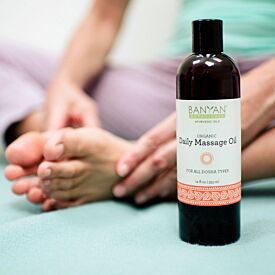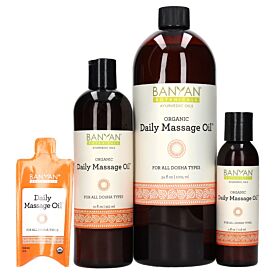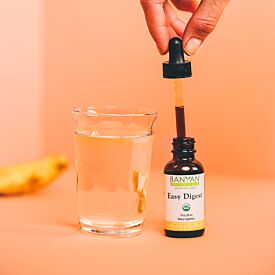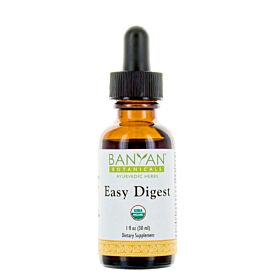To Cleanse or Not To Cleanse?
The topic of whether to cleanse or not to cleanse is becoming more and more a subject of my conversations with clients calling from around the country thinking they are ready to dive into a "deep detox." I am finding the need to continue to educate them on when is the ideal time, which is part of my well-established roots and training in Ayurveda and guiding clients through cleanses. The Ayurvedic home cleanse is adapted from a clinical, more in depth version called panchakarma. Unfortunately, I see people way too often going through this process without the proper knowledge and supervision.
Is it right for everyone? Are there contraindications? Is my body strong enough? Do I have enough support? Am I emotionally stable enough? These are important considerations and it takes a well-qualified Ayurvedic practitioner to determine if it is indicated for you to do a home cleanse or receive panchakarma in a clinical setting.
Shamana and shodana are two different modalities or approaches to treatment in Ayurveda, and it is wise to consider which path is best for you.

Shamana means “to suppress” and reduces or minimizes symptoms. It is used to pacify the doshas in their sites or homes within the gastrointestinal tract. Shamana therapy focuses on dipana (kindling agni /strengthening digestion) and pachana (reducing ama /toxins). It does this by reducing the effects that ama and elevated doshas have on your system. We can do this through a sattvic (pure) diet, herbal support, self-massage, yoga, pranayama, meditation, and individual Ayurvedic treatments and daily rituals.
Shodana on the other hand (which means "to go away with"), is aimed at removing the imbalance, really grabbing it at the root. It does this by actually eliminating the cause. Panchakarma is a shodana therapy and prepares the body with a series of treatments to expel itself of excess dosha and ama in the deeper layers, the dhatus, beyond the gastrointestinal tract. It then restores the channels and tissues so they function at optimal levels. When one receives this deep purification, we often see the unraveling of our poor choices and behaviors, which ultimately cause the imbalance in the first place. It allows deep emotional blocks to release, which opens up the door for going deeper with healing chronic issues, personal transformation, and spiritual awakening.
It takes a certain amount of stamina and commitment to do an Ayurvedic cleanse, especially adhering to the post cleanse guidelines of slowly weaning off and back into a regular routine and diet. If you are physically or emotionally weak, have a chronic debilitating condition, are grieving, or simply cannot commit the proper amount of time, it may be better for you to use shamana therapy. This will revive your body and build ojas (immunity), in order to cleanse at a later time.
Shamana is used to manage symptoms and shodhana to eliminate symptoms. No need to panic! If you are not ready to dive deep with an Ayurvedic cleanse, you will find nourishment and rejuvenation with shamana therapy in a profound and gentle way.












